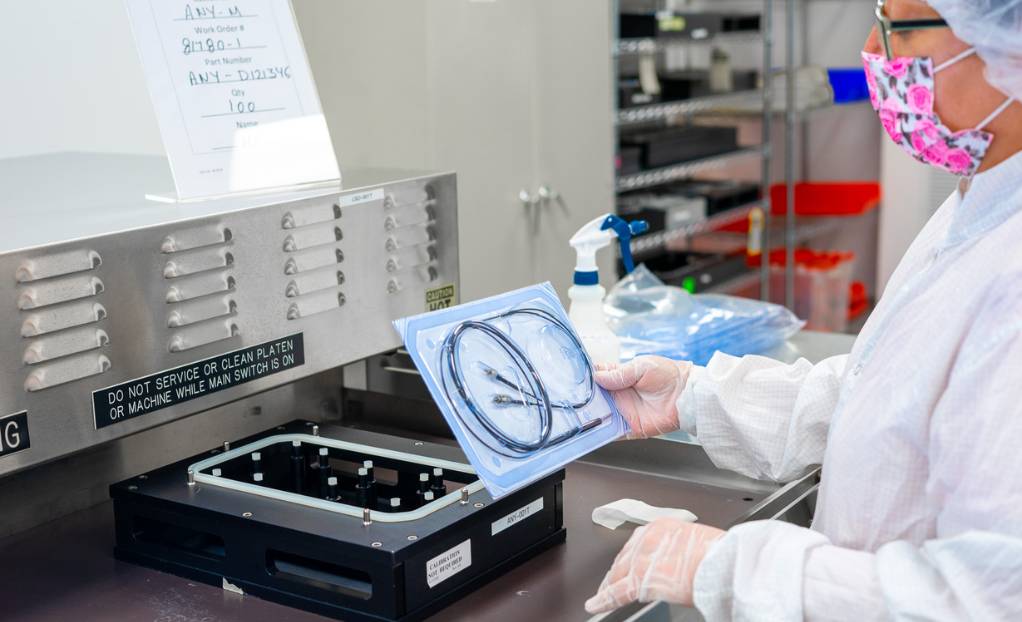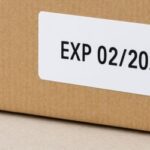Bringing a medical device from concept to commercialization is rarely a straight line. Regulatory requirements evolve, materials interact in unexpected ways during sterilization, and manufacturing realities can upend even the best-laid plans. For many medtech innovators—whether startups or global OEMs—the difference between a smooth launch and months of delay comes down to one thing: integration.
That’s the message from our CEO, John Nino, who recently spoke with Medical Product Outsourcing about how to turn common development roadblocks into tangible results.
“Teams often treat compliance as a checkpoint rather than a driver of design,” says Nino. “When sterilization or packaging decisions are made too late, it can force redesigns, new testing, and schedule resets that add months and cost.”
Designing for Compliance—From the Start
LSO helps medtech companies embed regulatory expectations directly into their design and development process. Instead of viewing packaging validation, sterilization feasibility, or documentation as afterthoughts, these elements are built into the earliest project phases.
“Integrating regulatory requirements early gives executives fewer surprises and engineers a clearer framework to design within,” Nino explains. “It’s about aligning innovation with compliance from day one.”
Bridging the Infrastructure Gap
Startups often face one set of challenges—lack of cleanroom space, quality systems, or validated processes—while larger OEMs grapple with another: complexity and bureaucracy. LSO bridges both ends of that spectrum by offering scalable, FDA-registered and ISO-certified infrastructure.
“For smaller companies, we provide what they can’t justify building themselves,” says Nino. “For larger OEMs, we provide flexibility and speed—acting as an extension of their operations so they can pivot faster.”
The result is a shorter path to market and fewer structural bottlenecks that slow commercialization.
Solving Logistics Before They Stall Launches
While design and manufacturing often get the spotlight, logistics frequently creates the biggest unseen risk. Managing sterilization, packaging validation, and distribution across vendors introduces multiple handoffs—and with them, potential for documentation gaps and compliance issues.
“By coordinating those services under one quality system, we reduce friction and risk,” Nino explains. “That means predictable lead times, clear traceability, and a smooth path from production to patient.”
Case Studies in Acceleration
Two recent examples illustrate this approach in action:
-
A cardiovascular device startup developing a minimally invasive heart valve system partnered with LSO for assembly, cleaning, and packaging validation. The result: a validated, FDA-ready product that went on to clinical success and an eventual acquisition by a multinational.
-
A breast biopsy device startup with no manufacturing capacity leveraged LSO as a single-source partner for packaging, sterilization, and validation. The streamlined launch helped them establish early market traction and scale into their own facility.
In both cases, LSO helped ensure regulatory, manufacturing, and logistical alignment—protecting not just timelines, but the value of the innovation itself.
Seeing Around Corners
Companies are often surprised by how interconnected every decision becomes once design is frozen. Something as seemingly simple as packaging can add months to a schedule if it fails under sterilization or transport. To prevent that, LSO developed pre-validated packaging options, removing significant time and testing from the path to market.
Nino’s advice is simple: “Treat packaging, sterilization, and compliance with the same focus as the device design. By anticipating the timelines for infrastructure and validation up front, companies can avoid the stop-start cycle that derails so many programs.”
The Takeaway
The path from concept to commercialization in medtech is filled with potential roadblocks—but they don’t have to become delays. With integrated expertise spanning packaging, sterilization, manufacturing, and regulatory readiness, LSO helps medtech innovators move confidently toward market entry.
“The obstacles are real, but they’re not insurmountable,” Nino concludes. “When companies align early on design, compliance, and logistics, they protect both their timeline and their innovation.”
Bringing a medical device to market is rarely straightforward. In this MedTech Makers Q&A with MPO Magazine, LSO CEO John Nino discusses how early regulatory alignment, integrated packaging and sterilization solutions, and a single-source manufacturing model help medtech innovators overcome roadblocks and accelerate commercialization. See the full Q&A in MPO Magazine.





